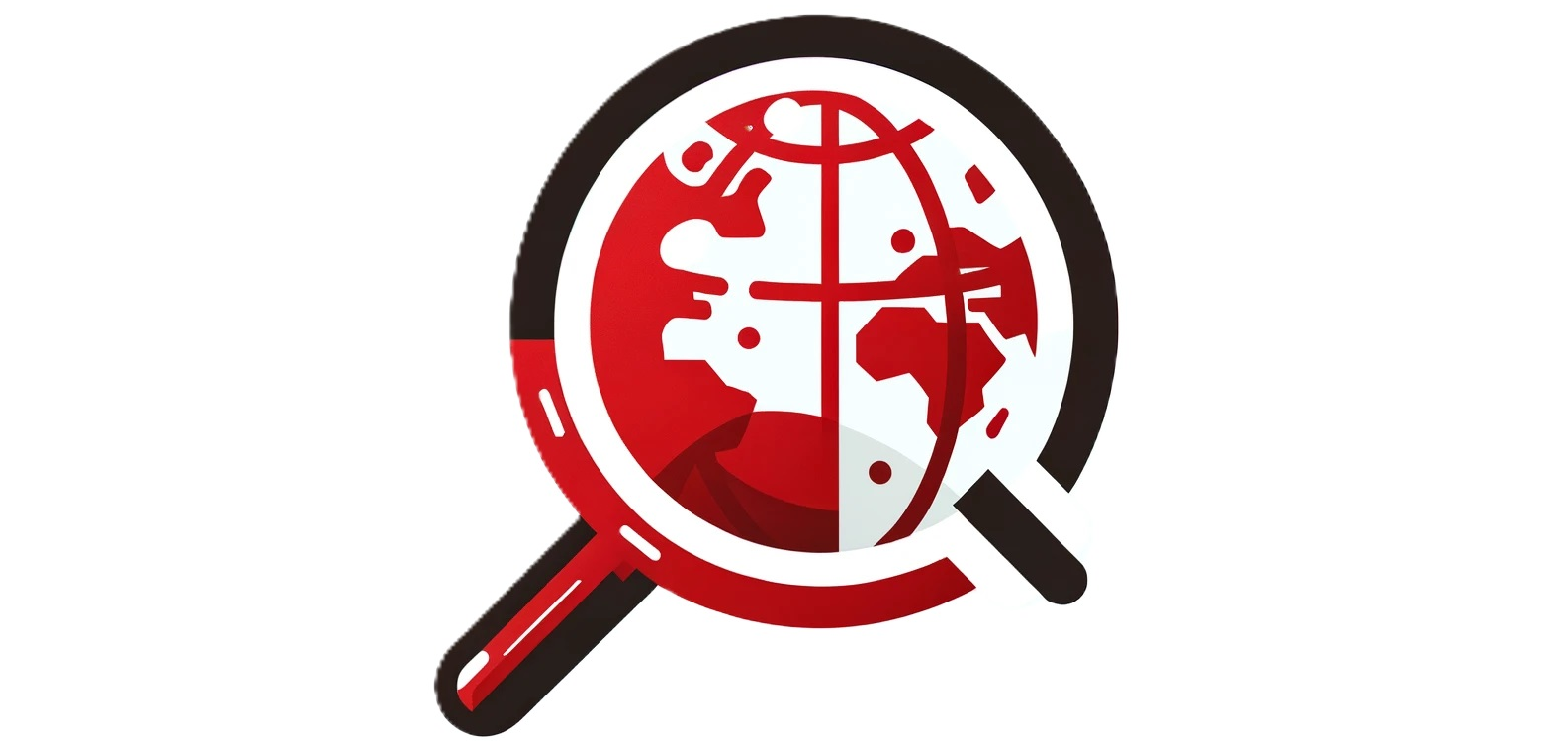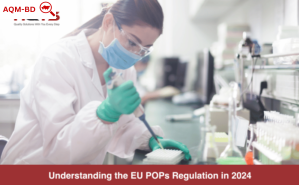As of July 22, 2019, the European Union’s Restriction of Hazardous Substances (RoHS) directive applies to all electronics and electronic equipment exported to the EU, regardless of type, design or purpose. The EU RoHS directive was implemented to prohibit certain hazardous substances to prevent risks to the human health and environment due to electrical waste management and has been updated at multiple occasions.
In this short article, we´ll take you through the RoHS compliant requirements, including the key hazardous substances that you need to know when importing electronics into the EU.
What is RoHS?
Restrictions of Hazardous Substances (RoHS), also known as Directive 2002/95/EC, originates from the European Union and is meant to restrict the use of specific hazardous substances found in electrical and electronic products. This directive aims to prevent any health or environmental issues associated with these materials by restricting the usage of them.
RoHS applies to all manufacturers, authorised representatives, importers and distributors of electronics and electronic equipment in any restricted product category. Watch the video below to get a snapshot of the EU RoHS directive compliance.
What Were the Hazardous Substances in Rohs Directive (2002/95/EC)?
The original directive (2002/95/EC) known as RoHS created restrictions for six key hazardous substances:
| Substance | Limit |
| Lead (Pb) | 0.1% |
| Cadmium (Cd) | 0.01% |
| Mercury (Hg) | 0.1% |
| Hexavalent Chromium (CR VI) | 0.1% |
| Polybrominated biphenyls (PBBs) | 0.1% |
| Polybrominated Diphenyl Ethers (PBDEs) | 0.1% |
What Are the 4 New Substances in EU RoHS 2 (2015/863)?
EU Directive 2015/863 adds four new restricted substances – all phthalates to the restriction list. These substances are mainly used as insulation plasticisers.
| Newly added substance | Limit |
| Bis(2-ethylhexyl) Phthalate (DEHP) | 0.1% |
| Benzyl Butyl Phthalate (BPP) | 0.1% |
| Dibutyl Phthalate (DBP) | 0.1% |
| Diisobutyl Phthalate (DIBP) | 0.1% |
What Are the RoHS Product Categories?
In Europe, RoHS products are defined as nearly all electrical and electronic equipment. The following categories of products require RoHS testing before they can be sold in the EU market:
- Automatic dispensers
- Consumer equipment
- Electrical and electronic tools
- IT and telecommunications equipment
- Large household appliances
- Lighting equipment
- Medical devices*
- Monitoring devices*
- Small household appliances
- Toys, leisure and sport equipment
- All other electronic devices
*Effective July 22, 2021
To learn more about the RoHS directive in greater detail, check out our RoHS Guide for more information. Or read about the most common questions about RoHS.
Who Is Responsible for RoHS Compliant?
All parties involved in the supply chain of electronics and electronic equipment have a responsibility to ensure that their products comply with all requirements set out in the RoHS directive regulations. They should not only ensure the compliance of finished products, but also component parts which may be ordered and inventoried during the manufacturing process.
In some cases, components may be inventoried at suppliers for over one year before being used to assemble a product, making it essential to understand these new updated conditions. In this way, businesses can plan their substitution of these substances accordingly.
How to Get a RoHS Certificate?
The best way is to work with a third party company that can thoroughly test the material and material declarations, also known as Declarations of Conformity to become fully compliant with RoHS the directive. At AQM BD, we have the experience of helping businesses around the world with RoHS compliance testing and certification services.
Our team of experts have extensive knowledge of the EU regulations and can help you with any question you may have during the process. Contact us today to get help with your EU RoHS compliance testing and certification process.





